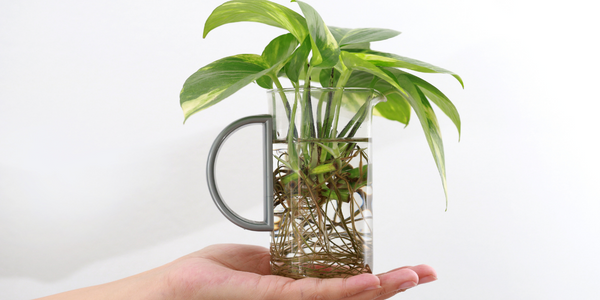Taking a cutting from a plant is the process of removing a strong shoot and hoping that it will grow roots resulting in a clone of your original plant. This will ensure the cutting shares similar characteristics to the parent plant. However, if your cutting doesn’t produce roots, you may ask yourself, why is my cutting failing?
Cuttings will not produce roots and fail for numerous reasons, including; a lack of sunlight, not enough water, your cuttings being too long, and you forgot to include a node, among others. All of these factors will delay or prevent your cutting from growing roots.
This article will discuss why your cuttings are not growing roots. So keep reading! We have everything you need to know about why your cuttings are not growing roots.
Reasons Why Your Cuttings Aren’t Rooting
Plants are a fascinating part of nature and can be grown in several ways. While most of us are familiar with seeds for growth, a faster way to propagate plants is by taking a cutting, i.e., cutting a stem from your fully grown plant and placing it in an environment where this stem will grow new roots.
In some ways, this is essentially cloning your plant, as the stem will grow into a plant that holds the same characteristics as the parent plant, and it avoids the difficulties of propagating by seed.
However, this method will only sometimes work, as the cutting may not grow roots. There are a few primary reasons behind this which will be listed below:
The Area Is Too Dark
When propagating a new plant from your cutting, you want to ensure that it receives adequate lighting, as keeping them in a dark area will prevent root growth. It’s a good idea to keep them close to a window, somewhere that receives indirect light.
The best option is to avoid extremely dark areas, but also those which receive too much direct sunlight, as a bit of light is good, but direct sunlight will inhibit root growth.
Your Cuttings Are Too Long
Cuttings need a sufficient amount of water within the stem to survive; thus, if you cut your stems at a length of a foot, there will not be enough water within this for the plant to survive, as the only water available will then be the small root tip in the water.
To increase the chance of your cutting’s root growth, make a cutting of around five to six inches and no more. Doing this will increase your chances of the cutting growing roots and the overall survival of the cutting.
Your Cutting Doesn’t Have A Node
If you are serious about the survival of your cutting, you may want to consider snipping it at the node. This is where the leaf meets the vine. Utilizing this method increases the cutting’s root growth potential but also brings the possibility of new vines forming.
Your Cutting Dried Out
For most plants, besides succulents, you’ll want to ensure that the cutting has a sufficient water supply and doesn’t dry out. If it does, there is a slim chance of propagating new roots.
Keep your cutting moist throughout the whole rooting process. If it goes for a short period without any water, there’s a high chance it’s already too late, and it will not root.
Have A Little Patience
Finally, have a little patience. A cutting can take a few days and, in some cases, weeks or even months before you will visibly see any root growth. While you can apply rooting hormones to speed the process up, it will not happen overnight.
Conclusion
So, now you know there are numerous reasons why your cutting may not be growing roots, you can now get access to what problem your cutting may be having and ensure that it receives adequate treatment. Just remember, indirect sunlight, water, and patience are sometimes all it takes.



